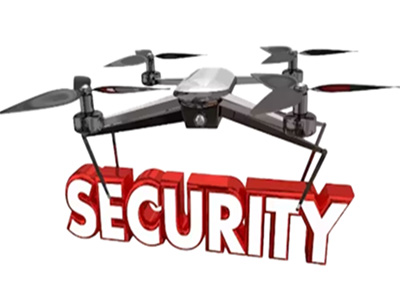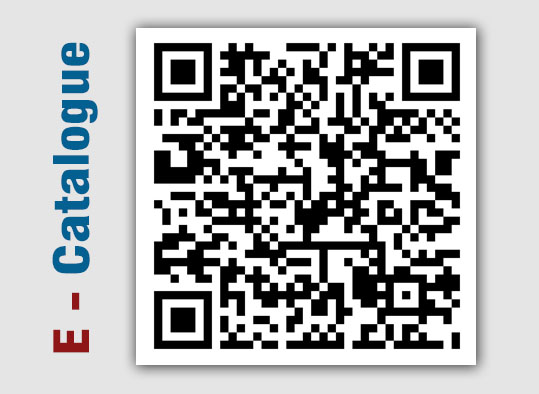Drones are a New Front in Security ARE YOU PREPARED?

The increased buzz around Unmanned Aerial Vehicles (UAVs), or drones, stems from their multi-fold commercial applications across a broad spectrum of industries from entertainment to consumer retail. The safety and security sector is also seeing growing application in areas ranging from border control to search and rescue operations.
Flying mini-drones instead of human-crewed aircraft has apparent advantages in terms of cost and flexibility. Drones are capable of supporting intelligence or reconnaissance missions and potentially replacing the need for manned interventions altogether in some cases.
The commercial appeal is further magnified when considering the ease with which drones can be purchased and their inexhaustible customisation options. A drone equipped with high-definition cameras, GPS systems, and sophisticated software is no longer the exclusive domain of governments and defence contractors, nor is it a prohibitively expensive investment for civilian and private enterprises.
This explains why the Indian drone market is expected to grow at a CAGR of 10.96% during the period 2022-2026. However, the immense capabilities pave the way for the intense interest of law enforcement agencies in the security and privacy implications of UAVs, and rightly so.
A host of studies are being dedicated to detecting and stopping drones from being piloted by unauthorised people, as well as ways to integrate them into existing systems. After all, it's not just the "good guys" who keep tabs on the potential of drones. Nefarious elements are also driven to exploit the possibilities offered by these unmanned aircraft and the scope of their capabilities.
This piece explores some of the physical security challenges that drones present and possible solutions.
✦ Unauthorised Surveillance
Courtesy of the affordability, availability and customisation options, drones seem to have become the go-to devices for security breaches. There are several ways by which drones are used to spy on people, including:
- • Using the onboard camera to record people engaging in activities they would otherwise prefer to keep private.
- • Transmitting aerial footage of private homes or places of worship.
- • Surveilling sensitive locations, such as military installations, border areas, and critical infrastructure.
- • Intercepting text messages, emails, or phone calls, and even redirecting their destination to a separate recipient.
Drones today are capable of accomplishing all the above without being noticed - primarily due to technological adeptness. For instance, high-definition cameras can accommodate seamless surveillance and record footage from more than 20,000 feet. That apart, examples have been seen of drones being used to transport contraband and weapons across borders by "leapfrogging" the physical security measures that have been put in place.
Furthermore, a practically borderless environment for drone deployment, coupled with an ability to use the Internet for data transmission and storage to remote locations, enables the intrusion of privacy and casts a shadow over the safety of citizens.
✦ Insurgency Threats
During the 2018 conflict between Israel and Palestine, drones equipped with incendiary devices were used to attack key locations in Israel. This caused "huge wildfire to nearby farmlands." (Reference)
Akin to this usage by extremists, drones have also been employed as tools to complement a diversionary tactic. An example would be the ISIS face-off with the US army in Raqqa in 2017. As reported by Washington Post, ISIS used drones fitted with "small 40mm grenade-sized munitions" to trick the US forces into believing that these were friendly drones when, in fact, they were about to drop explosives.
The use of UAVs to carry explosives and deliver payloads to a specific target is a major security concern that, if not handled properly, could lead to major loss of lives. Unmanned aircraft are likely to be used in any mayhem and civil unrest situations in the future from crippling military installations, political rallies, armed assaults and demonstrations to terror attacks.
Plus, the rise of UAV technology means that homegrown militants and terrorist groups have a new way to launch attacks, evade detection and target unsuspecting people. This translates to more security challenges that the government and relevant agencies need to take into account.
✦ Cyber Security Concerns
It would be unwise for us to assume that the misuse of drones is restricted to their use by malicious elements. Every device, even a "friendly", is vulnerable to cyber-attacks if not sanctioned with security measures.
These vulnerabilities exist in various forms:
prone to hacking, susceptible to data breaches and manipulation. Of these, hacking is a major threat because it allows hackers to hijack the drone's flight path or modify its data.
Malware infection, technical glitches, and human error are often pegged for causing cyber-attacks. It bears noting that external entities can also facilitate these types of threats.
All in all, these cyber threats aren't exclusively cyber in their scope since they directly impact the physical state of things. An attack on a system can leave it permanently damaged or render its users in imminent danger.
(This "Security Blogs" Published in July 2023 Edition)













